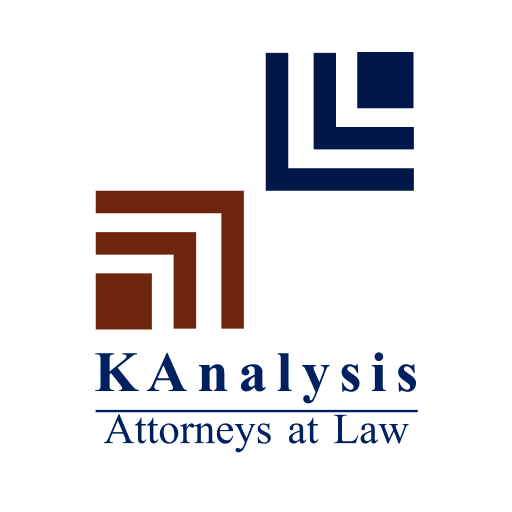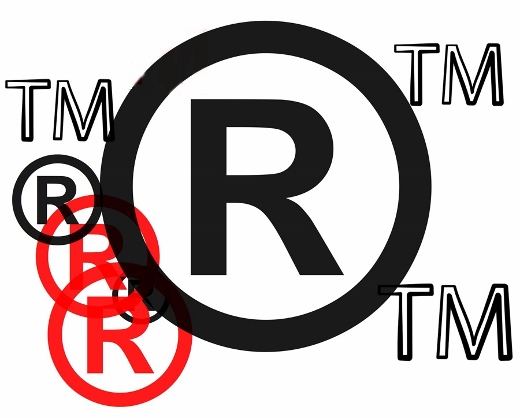This article is written by Jerome Bernard, Trademark Associate at KAnalysis Consultants Pvt. Ltd.
Artificial intelligence is, perhaps the greatest frontier of innovation we’ll witness during our lifetime. The extend of possibilities that it can realise is only limited by imagination. If past investment patterns are any indicators, the current trend of large scale investments into the field of Artificial Intelligence (AI) means that it is going to be significant and prominent part of our life, sooner than later. The number of start-ups and innovators focusing and toiling in this emerging behemoth is at an all-time high. Then the question arises, how is such an innovative and technical field protected and incentivised by the Indian legal system. So it’s really important to look into the protection of the intellectual property rights associated with AI.
Indian legal system does not provide for any specific/special statutes or institutions for protection and enforcement of rights in regards of AI. The distinction between AI and a regular software or programme is yet to be defined by the legal system. AI is still regarded or considered under the definition of computer software or computer programme. Though this might be partially true, it cannot be said to be the most accurate definition. AI is given intellectual property rights protection for the most part under the Copyright Act, 1957 and to a certain degree under the Patent Act, 1970.
Copyright Act, 1957
The Copyright Act provides for the registration of copyrights for computer programmes and software under section 2(o) – “literary work” includes computer programmes, tables and compilations including computer databases”. Further the Section 2 (ffc) of the Act provides that – “computer programme” means a set of instructions expressed in words, codes, schemes or in any other form, including a machine readable medium, capable of causing a computer to perform a particular task or achieve a particular result.
Since AI has not been given any exhaustive definition or special provisions, the protection of intellectual property rights in regards to AI is enshrined in the above said sections. Any AI/software originally written/developed by an author/developer who is an Indian or a person domiciled in India or published in India is capable of being registered under the Act. An application has to be filed with the Copyright office in the prescribed form and manner along with all the required documents like POA, copies of source code and/or object code. The submission of the subject code and/or object code is a matter to be handled extremely delicately so that no confidential information or trade secrets are exposed. The applied code is published in the diary for 30 days. If any oppositions are filed against the copyright application, notices are issued to concerned parties and hearings maybe called for. During that 30 days, the application is also examined and the application is passed or a letter of discrepancy is send to the applicant for effecting corrections. The application is then brought in front of the Registrar who might grant or refuse registration of copyright for the AI/software. The registration of copyright act as a prima facie evidence of the validity or ownership of the copyright and facilitates speedy and successful enforcement of rights.
Some important things to remember in regards to filing copyright for software is that any AI or software that only generates tables or algorithms may not be allowed or granted registration. The Copyright laws in India protects the expression of the idea and not the idea itself. So even an AI/software whose end result or function might be similar to any existing AI/software, the same will also be granted registration as long the methods or technicalities or calculations are done in a completely different manner. Also the number of copyright applications as a whole saw a considerable rise as there was increase of 20% in the period of 2019-20(21905) compared previous year and it further showed an increase of more than 40% in the period of 2020-21(32192). This trend was also visible in the number copyright applications for software, which saw a considerable rise during the pandemic.
Patent Act, 1970
The AI/software as such is not eligible for the grant of patent and protection under the act. The section 3(k) of the Patent Act states that “a mathematical or business method or a computer programme per se or algorithms” doesn’t fall within the definition of inventions within the meaning of the Act. The standalone AI/software comes under the purview of Copyright act for their intellectual property registration and protection. The main drawback of protection of AI through copyright is that it can only protect the method of expression. To protect the operational methods on which huge amount of time, effort and resources has been spent to develop, much stringent methods of protection like in Patent Act might are preferred by the developers.
To get the grant of Patent, it is vital to show that the AI/software is not a standalone, but a vital and integral part of an invention which has a patentable subject matter, is novel, non-obvious and capable of industrial application or a Computer Related Invention.
Conclusion
While looking at the horizon we realise how much catching up the Indian legal system has to do, to cope with latest developments. In the era of Siri, Cortana, Tesla cars & much more sophisticated AI’s like Sophia and Geminoid DK, we cannot but lament that the legal jurisprudence and legislations are quite far behind. Also with development of AI’s like DABUS and Raghav – granted patent in South Africa and co-authorship of copyright in India respectively – which are capable of producing/developing/inventing intellectual property rights on its own, with bare minimum human interference, the core ideas and values of intellectual property rights are being challenged. We can only hope that radical changes shall be implemented immediately in the legal system and legislations to cope with the robust changes and provide necessary protection in the new avenues of intellectual property rights.

